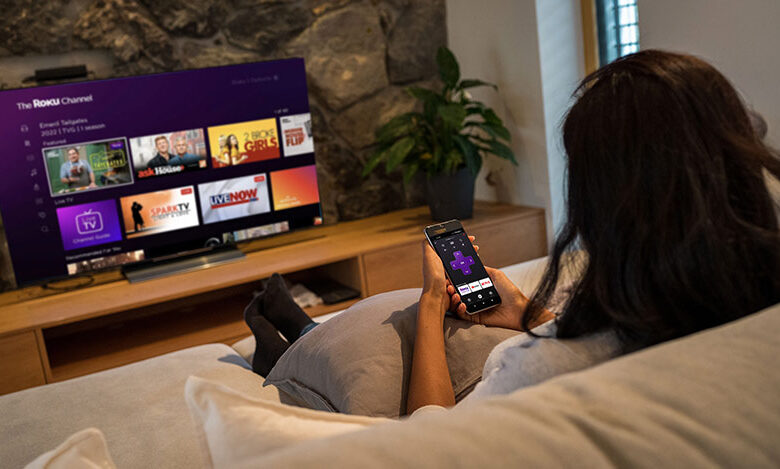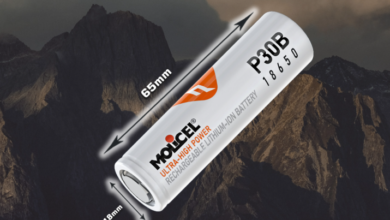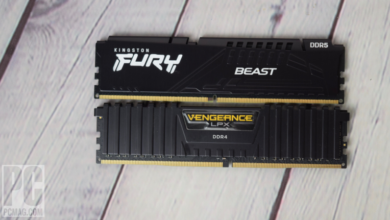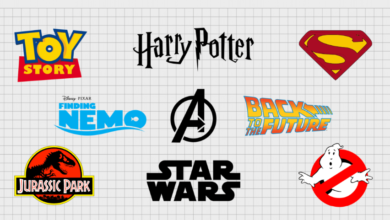Roku Advertising: How to Reach Audiences on the Platform

The shift from traditional television to streaming platforms has transformed how brands connect with their audiences. Roku, a leading player in the connected TV (CTV) space, offers a dynamic advertising ecosystem that enables businesses to engage with millions of highly engaged streamers. With over 90 million active accounts and billions of streaming hours annually, Roku provides a unique opportunity for advertisers to deliver targeted, impactful campaigns. This article explores the strategies, tools, and best practices for effectively reaching audiences on Roku’s platform, offering a roadmap for businesses aiming to maximize their advertising potential in the streaming era.
Understanding Roku’s Advertising Ecosystem
Roku’s advertising platform stands out for its ability to combine the immersive experience of television with the precision of digital marketing. Unlike traditional TV advertising, which often relies on broad demographic assumptions, Roku leverages data-driven insights to deliver ads to specific audience segments. The platform’s ecosystem is built around its user-friendly interface, extensive content library, and advanced targeting capabilities, making it a powerful tool for brands of all sizes.
Roku’s audience is diverse, spanning cord-cutters, digital-first viewers, and those who still engage with linear TV but spend significant time streaming. The average Roku user spends over four hours daily on the platform, creating ample opportunities for advertisers to capture attention. The platform supports a variety of ad formats and tools, such as Roku Ads Manager and third-party demand-side platforms (DSPs), which streamline campaign creation and optimization. Understanding this ecosystem is the first step toward crafting campaigns that resonate with Roku’s engaged user base.
See also: Balancing Team Workloads with Employee Monitoring Software
Leveraging Roku’s Targeting Capabilities
One of Roku’s greatest strengths is its robust targeting options, which allow advertisers to reach specific audiences based on a variety of data points. By utilizing first-party data, behavioral insights, and household-level information, brands can ensure their ads are seen by the right viewers at the right time.
Demographic and Behavioral Targeting
Roku enables advertisers to target audiences based on age, gender, household income, and viewing habits. For example, a brand targeting young professionals can focus on users aged 25-34 with specific content preferences, such as streaming sports or lifestyle programming. Behavioral data, such as viewing history or genre preferences, further refines targeting, ensuring ads align with users’ interests.
Custom Audience Creation
For businesses with existing customer data, Roku’s Custom Audiences feature is a game-changer. Advertisers can upload customer lists (including email addresses, phone numbers, or mobile ad IDs) to match with Roku households. This allows for precise targeting or retargeting, such as reaching users who have visited a website or made a purchase. Custom Audiences can also exclude recent buyers to avoid redundant ad spend, maximizing efficiency.
Contextual and Location-Based Targeting
Roku’s platform supports contextual targeting, where ads are placed within specific types of content, such as movies, sports, or news. Location-based targeting further narrows the audience to specific geographic regions, ideal for local businesses or regional campaigns. For instance, a restaurant chain can target households within a certain radius of its locations, ensuring relevance and increasing the likelihood of conversions.
Choosing the Right Ad Formats
Roku offers a variety of ad formats designed to suit different campaign goals, from building brand awareness to driving direct sales. Selecting the appropriate format is critical to engaging audiences effectively.
Video Ads
Non-skippable video ads, typically 15 to 30 seconds long, play before, during, or after streaming content. These full-screen ads ensure high visibility and are ideal for storytelling or showcasing product features. For example, a consumer electronics brand might use a video ad to demonstrate a new gadget’s capabilities, capturing viewers’ attention during a popular show.
Marquee and Showroom Ads
Marquee ads are static image ads displayed on the Roku home screen, visible even to users with ad-free subscriptions. Showroom ads take this a step further, offering interactive full-screen experiences where viewers can browse products or click for more information. These formats are particularly effective for e-commerce brands, as they can include calls-to-action that drive direct engagement.
Interactive and Shoppable Ads
Roku’s interactive ads allow viewers to engage with content, such as participating in polls or exploring product details. Shoppable ads, integrated with platforms like Shopify, enable users to purchase products directly from their TV screens. This seamless experience is ideal for retailers looking to bridge the gap between ad exposure and conversion.
Setting Up a Campaign with Roku Ads Manager
Roku Ads Manager, the platform’s self-serve tool, empowers advertisers to create, manage, and track campaigns with ease. Its user-friendly interface makes it accessible for small businesses and large enterprises alike. Here’s a streamlined process for launching a campaign:
- Define Campaign Goals: Determine whether the objective is brand awareness, website visits, app downloads, or direct sales. Clear goals guide ad format and targeting choices.
- Select Audience Parameters: Use Roku’s targeting options to define the audience based on demographics, interests, or custom data. For example, a fitness brand might target health-conscious viewers who stream workout content.
- Choose Ad Format and Creative: Upload ad creatives in formats like .mov or .mp4 for video ads, ensuring they meet Roku’s specifications (e.g., 16:9 aspect ratio). For static ads, high-quality images with clear branding are essential.
- Set Budget and Bidding Strategy: Roku operates on a cost-per-mille (CPM) model, with industry estimates ranging from $20 to $60 per thousand impressions. Advertisers can set flexible budgets, starting as low as $500 for some campaigns, and adjust bids based on competition and desired reach.
- Launch and Monitor: Once the campaign is live, use Roku Ads Manager’s real-time analytics to track performance metrics like impressions, completions, and conversions. Adjust targeting or creatives as needed to optimize results.
Best Practices for Maximizing Impact
To achieve the best results on Roku, advertisers must go beyond basic campaign setup and adopt strategies that enhance engagement and efficiency.
Optimize Creative Content
High-quality, engaging creatives are essential for capturing attention. Video ads should be concise, visually appealing, and include a clear call-to-action. For example, a travel company might showcase stunning destination visuals paired with a prompt to book a trip. Testing multiple creative variations helps identify what resonates most with the audience.
Utilize Data-Driven Insights
Roku’s analytics provide detailed insights into campaign performance, including audience engagement and conversion tracking. Use this data to refine targeting, adjust budgets, or tweak ad creatives. For instance, if a campaign targeting sports fans underperforms, consider shifting focus to a broader demographic or different content genre.
Integrate with Broader Campaigns
Roku ads are most effective when coordinated with other marketing channels. For example, a brand running a social media campaign can retarget the same audience on Roku, reinforcing the message across platforms. Tools like third-party DSPs or platforms like Vibe.co or MNTN Performance TV allow advertisers to manage Roku campaigns alongside other CTV or digital efforts for a cohesive strategy.
Focus on Performance Metrics
Track metrics like verified visits, conversions, and return on ad spend (ROAS) to measure success. Roku’s partnerships with measurement providers like iSpot offer reliable metrics for assessing reach and impact. By focusing on performance data, advertisers can ensure their budgets are allocated effectively.
Navigating Challenges and Opportunities
While Roku’s platform offers significant advantages, advertisers must be mindful of potential challenges. High-demand audience segments or premium ad placements, like Marquee ads, can increase costs due to bidding competition. Additionally, ensuring compliance with Roku’s advertising guidelines—such as avoiding prohibited content like tobacco or misleading claims—is critical to prevent campaign rejections.
On the opportunity side, Roku’s growing user base and partnerships, such as its 2025 collaboration with Amazon Ads, expand its reach to over 80% of U.S. CTV households. This makes Roku an ideal platform for brands targeting cord-cutters and digital-first audiences. Furthermore, the rise of shoppable ads and integrations with e-commerce platforms like Shopify opens new avenues for direct-to-consumer brands to drive sales.




